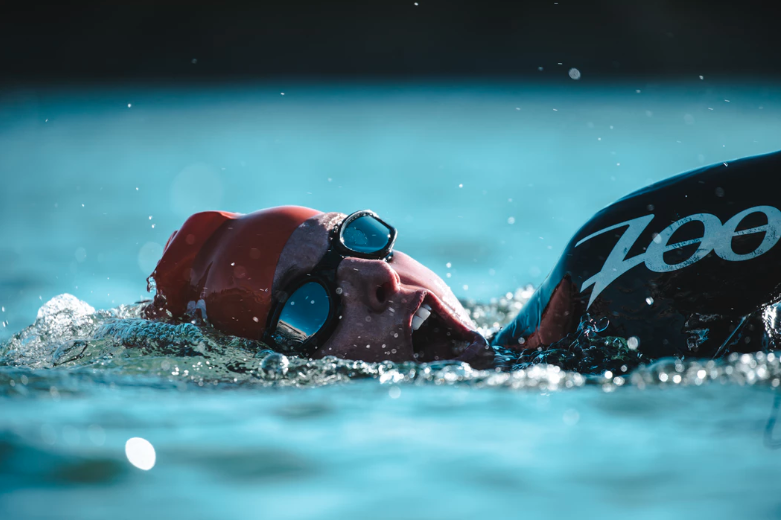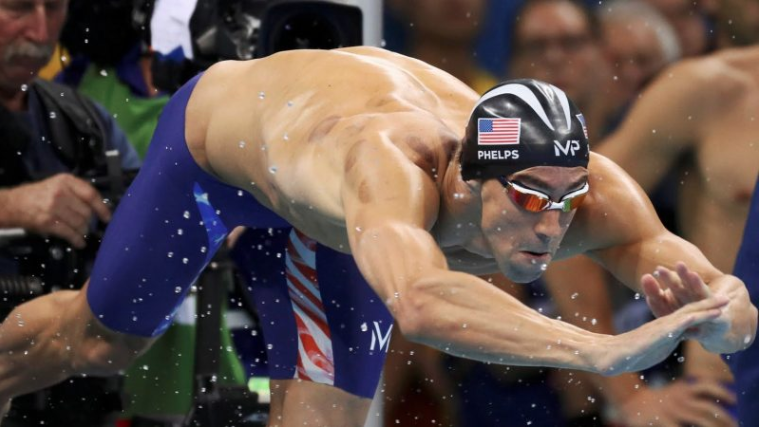
It’s safe to say that becoming a pro swimmer is not an easy feat! Getting to a level where you can swim as a career takes years of training, dedication, hard work, and passion. And if you’re wondering what the path to becoming a pro swimmer looks like, here are some answers that might help you understand the grueling process these swimmers go through to reach the top!
When do professional swimmers start training?
Before becoming professionals, swimmers undergo years of training, often starting at a young age. Most swimmers will start with swimming lessons around four to five years of age. These swimmers move into swimming competitively around ages eight to twelve. This is, of course, if they have the necessary skills and qualities to compete.
While some start young, others start in their teens. All athletes have the potential to be successful no matter at what age they begin training. Professional swimmers can’t and don’t succeed on talent alone. There is a tremendous amount of hard work and training put in day after day.
Pro swimmers are fiercely determined, goal-oriented athletes. They require mental fortitude to overcome their competition as well as the mental and physical obstacles they’ll encounter along the way.
How much do pro swimmers train?
Olympic-level swimmers generally train five hours a day for three days a week and then two to three hours daily for the remaining four days each week to refine their technique and improve their times. It’s a full-time job that goes beyond the water as they need to train on dry-land and focus on their diet and nutrition too.

Photo Via motleyhealth.com
When do pro swimmers start competing?
High school is often the point of entry into the competitive world. Being on the swim team is a must for swimmers seeking to compete at the regional, national, and even international levels.
Collegiate swimming makes or breaks swimmers looking to go pro. Over time, gains become a struggle, and the sport becomes more demanding. Unable to keep up, many swimmers end up plateauing and leaving the sport. It takes some serious hard work and skill to be able to continue!
What are the different completion levels and how does a pro swimmer get paid?
Professional swimmers compete in regional, national and international competitions. Competitions at this level build up an athlete’s reputation – or “personal brand.” A pro swimmer needs to grow their reputation by qualifying for major events in order to attract sponsors. The more name recognition, the larger the sponsor.
Sponsorships are important for pro swimmers as they help pay for expenses that quickly add up, such as; competition fees, swimming gear, high-calorie diets, and travel expenses.
As swimmers climb up the ranks, expenses rise and higher costs reduce the number of available sponsorships, resulting in greater competition amongst swimmers for the sponsorship rights offered up by major companies. Pro swimmers will spend most of their careers competing at the national and international levels until the physical toll becomes too costly to continue.
How do professional swimmers qualify for the Olympics?
Swimmers seeking to reach the Olympic trials must qualify in a national level competition or an international swim meet that meets the Olympic requirements. If pro swimmers can move out of the national and international level, their next step toward the Olympics is by way of elite-level events. Once they’ve reached the Olympic trials, they will need to finish within the top two of an event for a chance to be picked.
Just think, Olympic swim teams only consist of 26 men and 26 women, out of all the professional swimmers that country has to offer — 26! The odds might be stacked against them, but for professional swimmers, that only makes the goal even more coveted.

